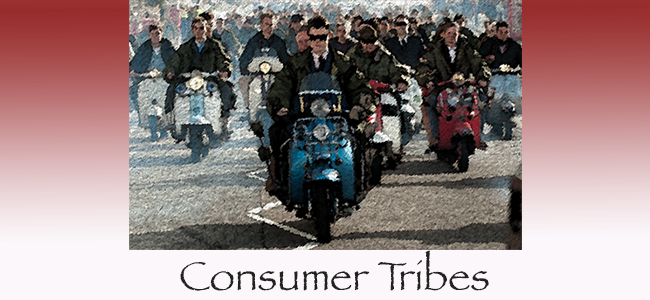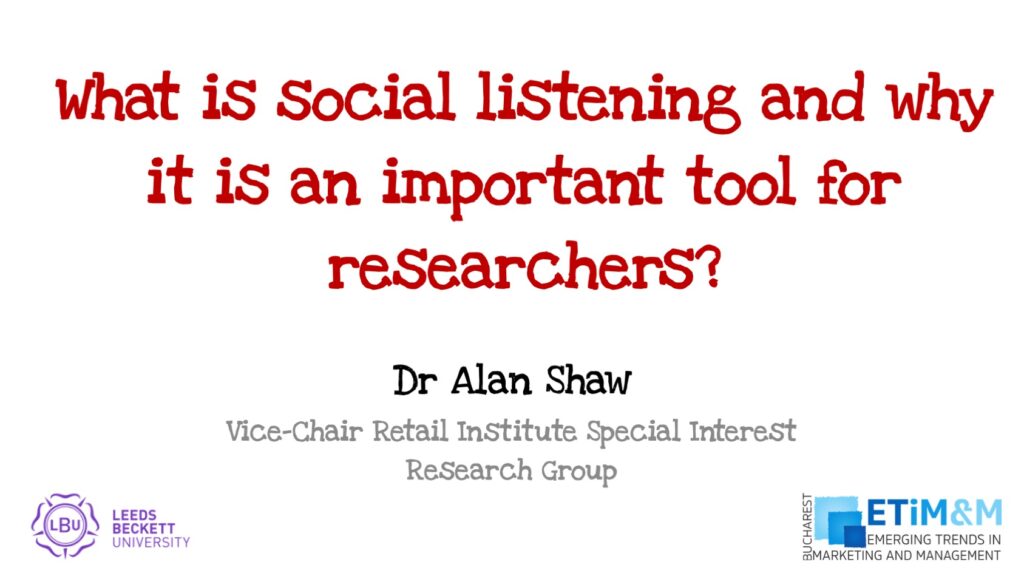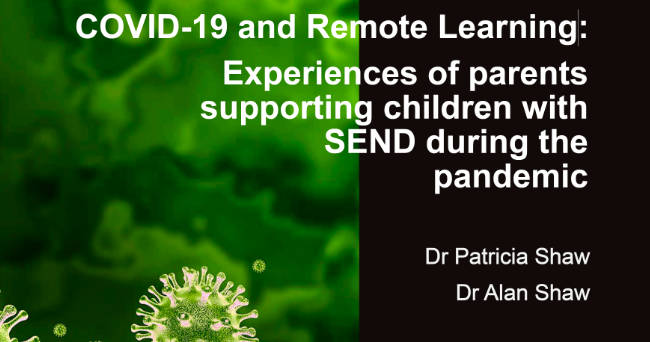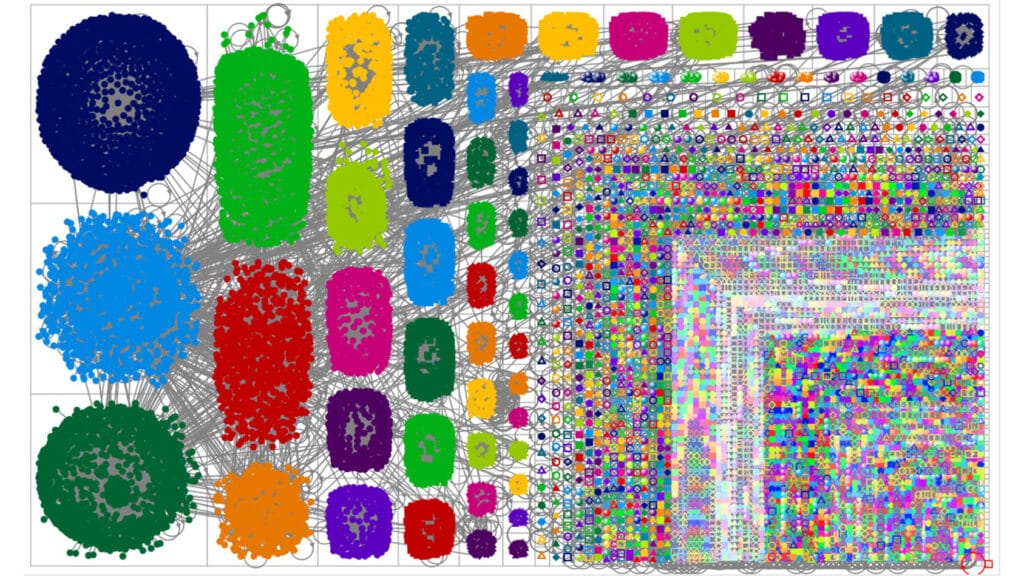
This article will discuss the concepts of consumer tribes and social media marketing. It will demonstrate how each can facilitate the other in allowing marketers to maximise its reach to their targeted audiences. It will also attempt to illustrate the differences between consumer tribes, brand communities and tribal marketing.
Consumer Tribes.
The word tribe can be defined as “a network of heterogeneous persons – in terms of age, sex, income, etc. – who are linked by a shared passion or emotion; a tribe is capable of collective action, its members are not simple consumers, they are also advocates”, (Cova and Cova, 2002, p. 602). Consumers on the other hand are individuals who buy products and services for their personal use. Now, if we link the two words together we essentially get ‘individuals with a shared passion or emotion who buys products and services for their personal use’. The key question is, do specific tribe members purchase the same products and/or services? Before answering this, I want to discuss the concepts surrounding brand communities.
Brand Communities.
Brand communities can be defined as “specialized, non-geographically bound communities, based on a structured set of social relationships among admirers of a brand”, (Bagozzi, and Dholakia, 2006, p.46). Brand communities will facilitate the relationship marketing process providing elements of ‘consumer empowerment’ to those willing to engage. This notion of consumer empowerment can also be considered as co-creation, examples include Lego who use their communities to assist in the design of new models (see Lugnet ). Another example is Coca-cola, who had to revert to the original recipe of its Vitaminwater after a backlash from consumers in the USA (Bouckley, 2014). It should be noted that as with the Lego example not all brands are responsible for their given brand communities.
Discussion
It has been my experience that many businesses confuse the concepts of consumer tribes with brand communities. This is because all brand communities have the opportunity of being a consumer tribe but not all consumer tribes can be a brand community. Example, individuals who have religious beliefs would arguably belong to a given consumer tribe. Here the individuals will consumer some form of products and services in their everyday lives and they will all share an emotional / passionate link to their religion but the products they consume will be different. Taking another extreme, a brand with a few likes on their Facebook page can only be classed as brand community and/or consumer tribe if there is a reasonable level of engagement. Some consumer tribes may also be affiliated to a variety of brands: the Comic Con consumer tribe is a good example, because embedded within this tribe are a number of different brands.
What then is the link between brand communities or consumer tribes and social media marketing? The answer is facilitation: social media platforms provide marketers with a virtual community where ‘like-minded’ individuals can interact. Most self-respecting brands will have at least one social media channel to promote its wares. This will allow brands to build and nurture their own brand communities. What about engaging with consumer tribes that are not affiliated to brands? In this case the concept of tribal marketing comes in: you as a brand manager will be looking for the emotional engagement of your brand with specific consumer tribes. The campaign you produce needs to connect with the tribe’s values, an example can be seen below:
Here Save the Children have produced a video appealing to a variety of tribes linked to anti-war and children safety. The objective was to get the targeted audiences to donate to their cause. The same principles apply if the consumer tribe is also a branded community
Before concluding it is worth highlighting that:
1. Tribal membership is fluid and can fluctuate according to the involvement of the individual.
2. Membership can be placed at four different levels :
a. Low participation (the sympathiser),
b. Active members,
c. Practitioners
d. Devotees
Conclusion.
All brand communities have the potential of being consumer tribes but not all consumer tribes can be brand communities. A key requirement of either of these groups is the actual engagement and action of individual members: this level varies, making individuals either sympathisers, active members, practitioners or devotees. If you are a marketer looking to engage with consumer tribes, then use tribal marketing techniques to focus on the emotional or transformational aspects that are instilled within the tribe. Returning to an earlier question, hopefully you can see that specific tribe members may not purchase similar products and/or services, particularly if they are from a tribe not affiliated to a brand.
References
Bagozzi, R. P., & Dholakia, U. M. (2006). Antecedents and purchase consequences of customer participation in small group brand communities. International Journal of research in Marketing, 23(1), 45-61.
Bouckley, B. (2014). Consumer uproar forces Coke to strip stevia out of Glaceau Vitaminwater
Available at http://www.beveragedaily.com/Ingredients/Consumer-uproar-forces-Coke-to-strip-stevia-from-Glaceau-Vitaminwater
Cova, B., & Cova, V. (2002). Tribal marketing: The tribalisation of society and its impact on the conduct of marketing. European journal of marketing, 36(5/6), 595-620.
Alan Shaw
Latest posts by Alan Shaw (see all)
- What is social listening and why it is an important tool for researchers? - July 31, 2021
- COVID-19 and Remote Learning: Experiences of parents supporting children with SEND during the pandemic. - June 30, 2021
- Using Netnography To Evaluate The Launch And Collapse Of The European Super League - April 21, 2021
- Developing Semi-Structured Interview Questions: An Inductive Approach. - April 9, 2020
- Developing Semi-Structured Interview Questions: A Deductive Approach - April 9, 2020














